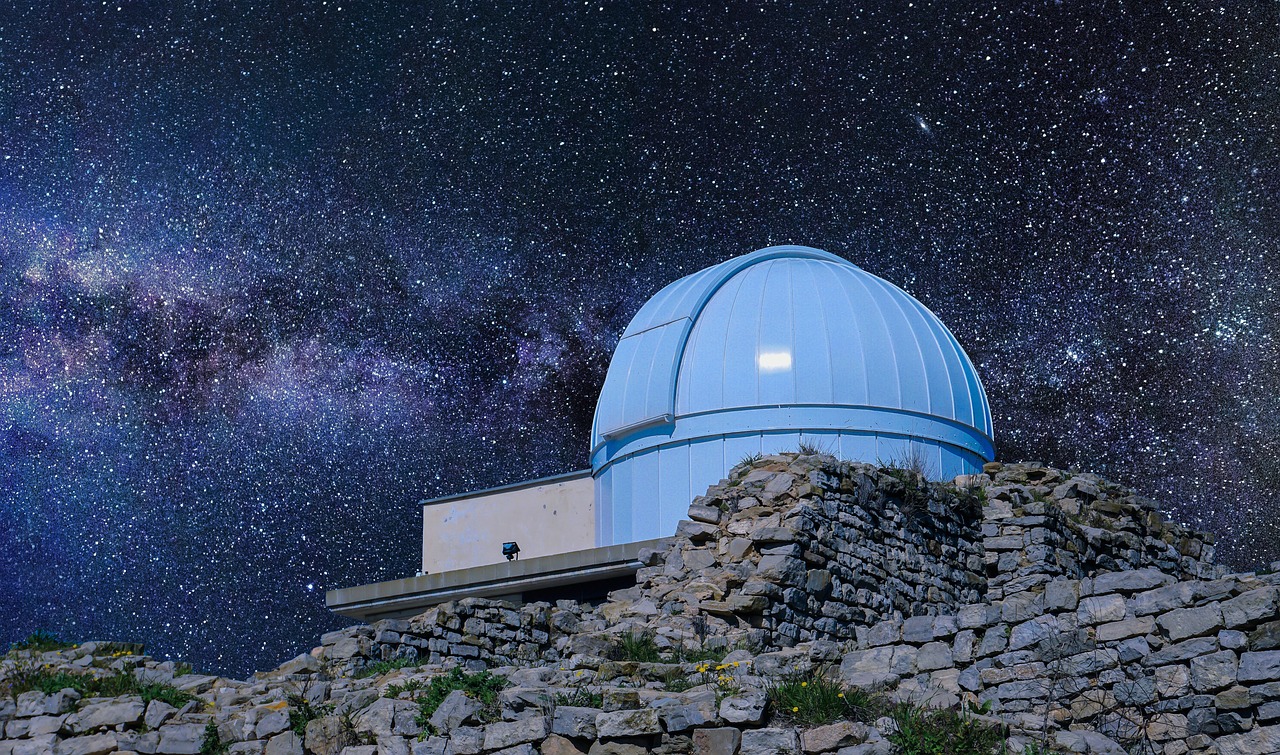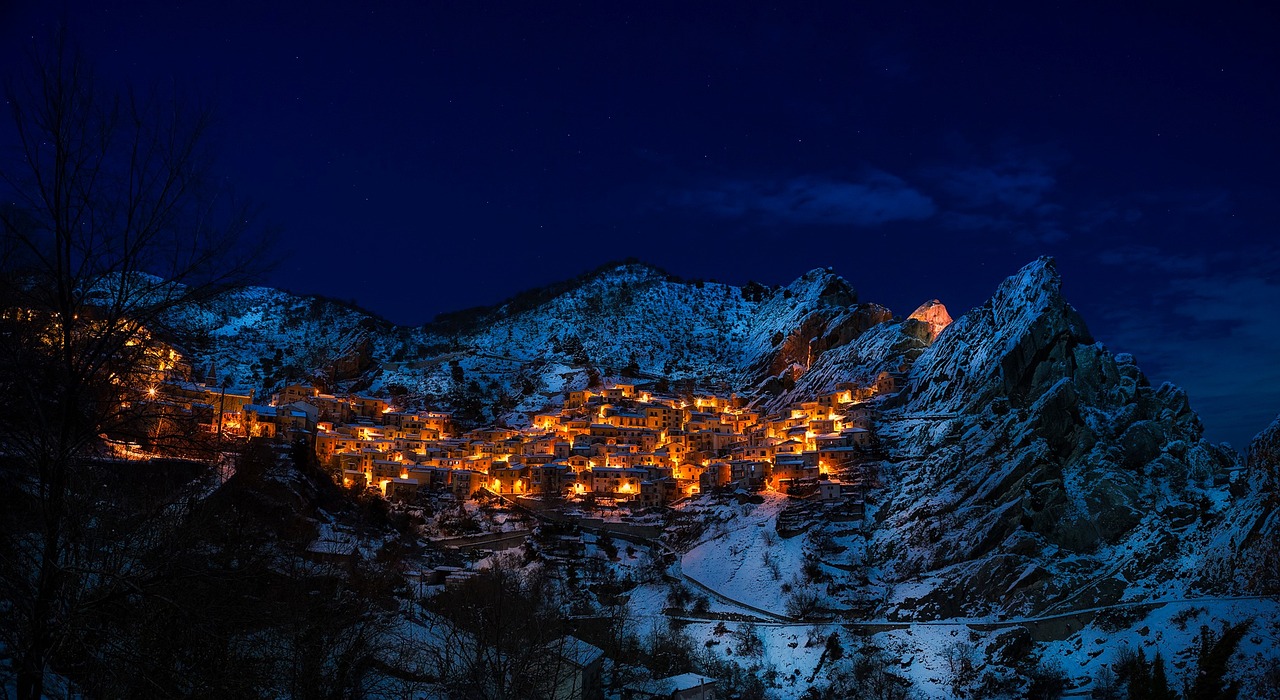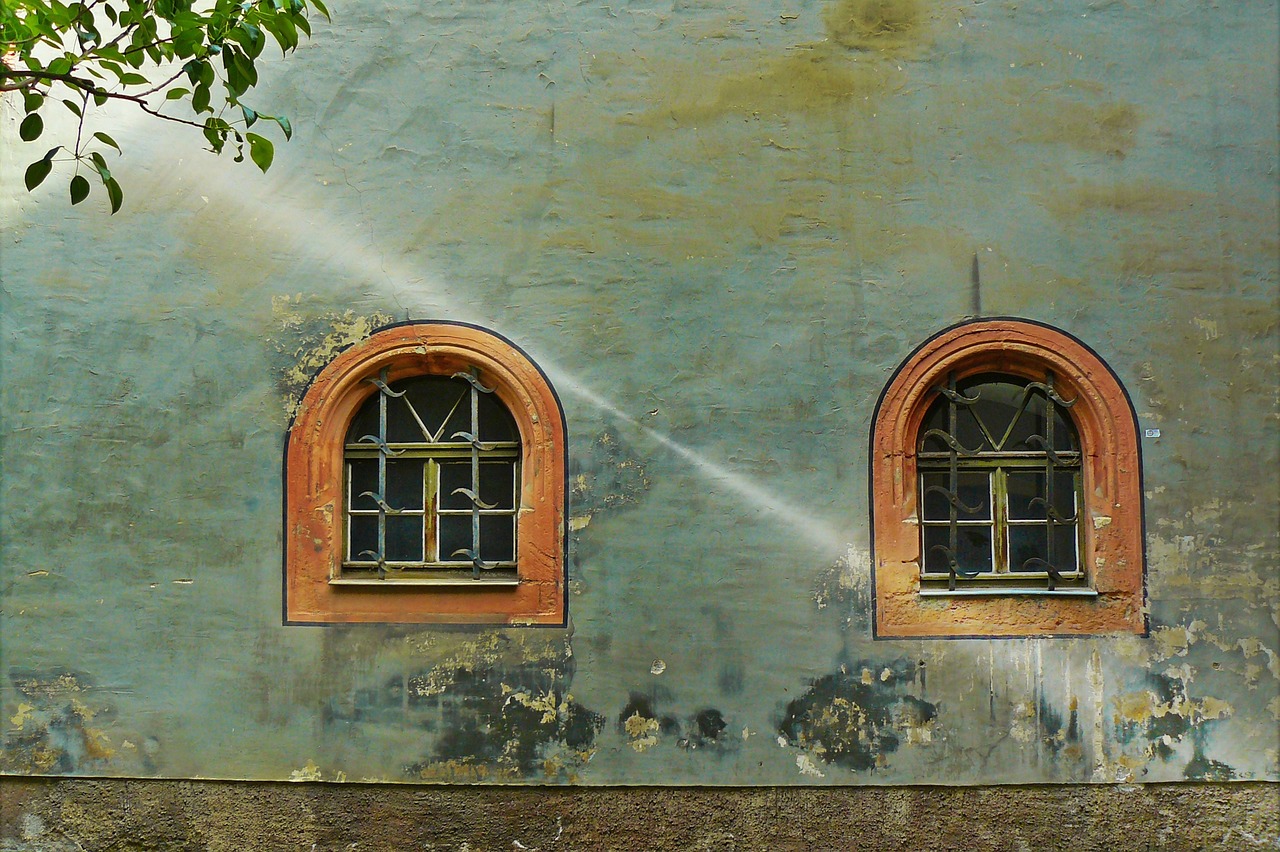The recently revealed Beglik Tash Observatory, formerly known as the Thracian sanctuary, has captivated the attention of scholars and visitors alike. This hidden gem, situated near the town of Primorsko, remained concealed from the world until its discovery in 2003.
The sanctuary spans a vast area and was once the cherished hunting residence of Todor Zhivkov. Visitors can access the sanctuary through the southwest entrance and follow a cliff path that leads to various intriguing features, including a stone marriage bed, sacrificial stones, deep baths for ritualistic purposes, and a stone throne.
Additionally, three menhiris adorned with intricate carvings can be found in the eastern section, the tallest of which boasts an exquisite divine step on its apex. The sanctuary also boasts a central platform, cave elements utilized in rituals, an astronomical clock constructed from 16 flat round stones, and a grand labyrinth and dolmen symbolizing a sacred cave.
Archaeological excavations have unearthed artifacts like pottery, stone tools, weapons, and coins dating back to the 2nd millennium BC. To reach this extraordinary site, simply turn left at the Aqua park in Primorsko and follow the sign for Beglik Tash. Adequate car parking is available, and visitors will need to traverse a picturesque forest path for the final stretch of 500-600 meters.
For further assistance, the Primorsko center offers tourist information, while virtual maps and photos are available for those seeking a preview of this remarkable sanctuary.
Apart from the Beglik Tash Observatory, visitors are highly recommended to explore other notable nearby attractions such as the Antique Beehive Tomb in Pomorie, Alepu Swamp, Nesebar, the Poda Nature Preserve, and the Antique Sozopol Reservation.
This article aims to provide an informative and engaging overview of the Beglik Tash Observatory, appealing to a diverse audience seeking intellectual freedom.
Key Takeaways
- Beglik Tash Observatory is a historically significant site near Primorsko that was unknown to science until 2003.
- The observatory covers an area of 6 decares and provides insights into the ancient Thracian civilization.
- It features various structures and artifacts such as a stone marriage bed, sacrificial stones, deep baths, a stone throne, three menhiris with intricate carvings, a central platform, cave elements, an astronomical clock, and a grand labyrinth.
- Excavations have unearthed pottery, stone tools, weapons, and coins dating back to the 2nd millennium BC.
What is it?
The Thracian sanctuary Beglik Tash, located near Primorsko, is a historically significant site that covers an area of 6 decares and was unknown to science until 2003.
This sanctuary holds great significance as it provides valuable insights into the ancient Thracian civilization. The archaeological findings at Beglik Tash have shed light on the religious and ritual practices of the Thracians, as well as their advanced astronomical knowledge.
The site features:
- A stone marriage bed
- Two sacrificial stones
- Deep baths for pouring ritual liquids
- A stone throne with deep outfalls and crossing lines
- Three menhiris in the eastern part of the circle
- A central platform slightly raised above the surrounding terrain
- Cave elements used in rituals
- An astronomical clock made of 16 flat round stones
Excavations at Beglik Tash have unearthed pottery, stone tools, weapons, and coins, providing valuable historical artifacts from the 2nd millennium BC.
Discovery and Description
Located in cape Beglik Tash near Primorsko, the ancient site is an expansive complex covering an area of 6 decares, and its existence was unknown to science until 2003.
The significance of Beglik Tash Observatory in Thracian history lies in its unique architectural features. The sanctuary features a stone marriage bed, reached by a cliff path, surrounded by two sacrificial stones and deep baths for pouring ritual liquids. The stone throne with deep outfalls and crossing lines, along with the three menhiris in the eastern part of the circle, create a mesmerizing sight. The highest menhiri even bears a divine step carved on its top.
The central platform is slightly raised above the surrounding terrain, and cave elements are incorporated in the rituals. Additionally, an astronomical clock made of 16 flat round stones, a labyrinth, and a huge dolmen representing a holy cave can also be found.
Overall, the architectural features of Beglik Tash Sanctuary provide insights into the Thracian culture and their religious practices.
Recommendations
Recommended places to visit near Beglik Tash include the Antique Beehive Tomb in Pomorie, Alepu Swamp, Nesebar, the Poda Nature Preserve, and the Antique Sozopol Reservation. These attractions offer a unique opportunity for tourists to explore the historical significance of Beglik Tash and immerse themselves in the rich cultural heritage of the region. The Antique Beehive Tomb in Pomorie is an ancient Thracian burial mound that showcases intricate architectural design. Alepu Swamp is a nature reserve known for its diverse wildlife and picturesque landscapes. Nesebar, a UNESCO World Heritage Site, boasts a charming old town with well-preserved medieval buildings. The Poda Nature Preserve is a haven for birdwatchers, housing over 260 bird species. The Antique Sozopol Reservation encompasses the ancient city of Sozopol, where visitors can explore archaeological remains and stroll along its beautiful beaches.
Frequently Asked Questions
How did the Thracian sanctuary of Beglik Tash get its name?
The Thracian sanctuary of Beglik Tash derived its name from the combination of "Beglik," the cape it is located near, and "Tash," meaning stone. The stone marriage bed held significance in rituals, as did the deep baths and access to cave elements. Additionally, the sanctuary contained an astronomical clock.
Who was Todor Zhivkov and what was his connection to the sanctuary?
Todor Zhivkov, a former Bulgarian leader, had a personal connection to the Thracian sanctuary of Beglik Tash as it served as his hunting residence. However, his role in the sanctuary and his impact on Bulgarian history are not specified.
What is the significance of the stone marriage bed and the sacrificial stones surrounding it?
The stone marriage bed and the sacrificial stones surrounding it hold significance in the Thracian sanctuary of Beglik Tash. The connection between Todor Zhivkov and the sanctuary is not directly related to the stone marriage bed.
What are the specific rituals that were performed at the sanctuary using the deep baths and the stone throne?
The specific rituals performed at the sanctuary involved the use of the deep baths and the stone throne. The deep baths were used for pouring ritual liquids, while the stone throne had deep outfalls and crossing lines.
Can visitors access the cave elements used in the rituals and the astronomical clock made of flat round stones?
Visitors can access the cave elements used in rituals and the astronomical clock made of flat round stones at the Thracian sanctuary Beglik Tash. These artifacts provide insight into ancient Thracian practices and astronomical knowledge.










